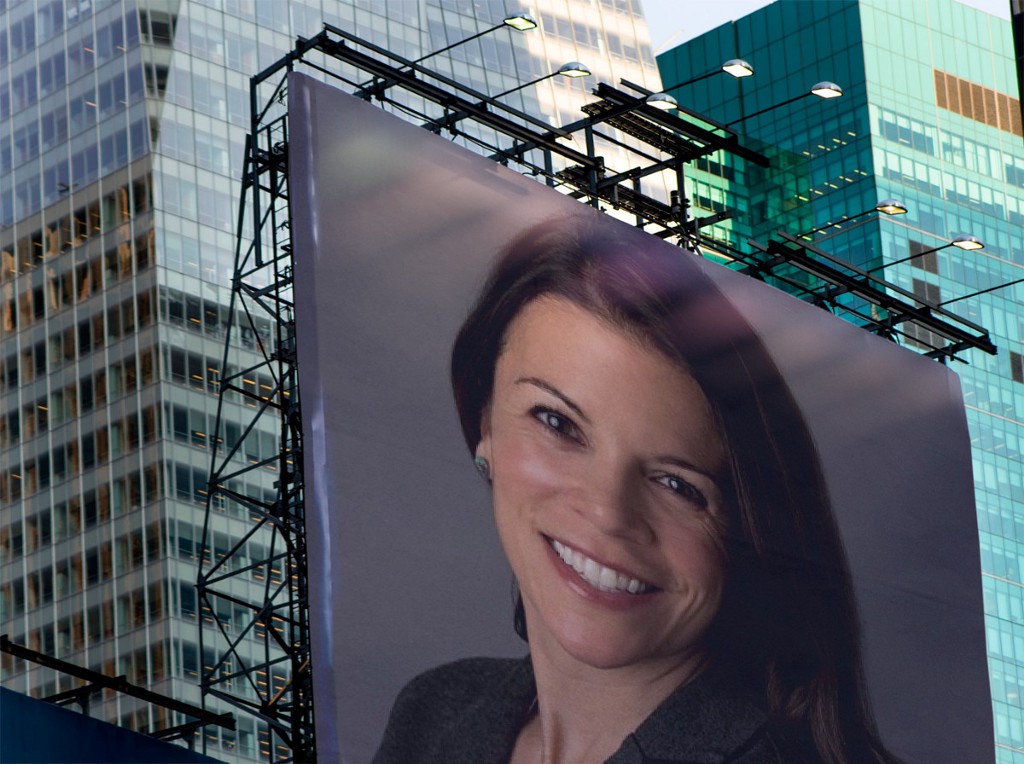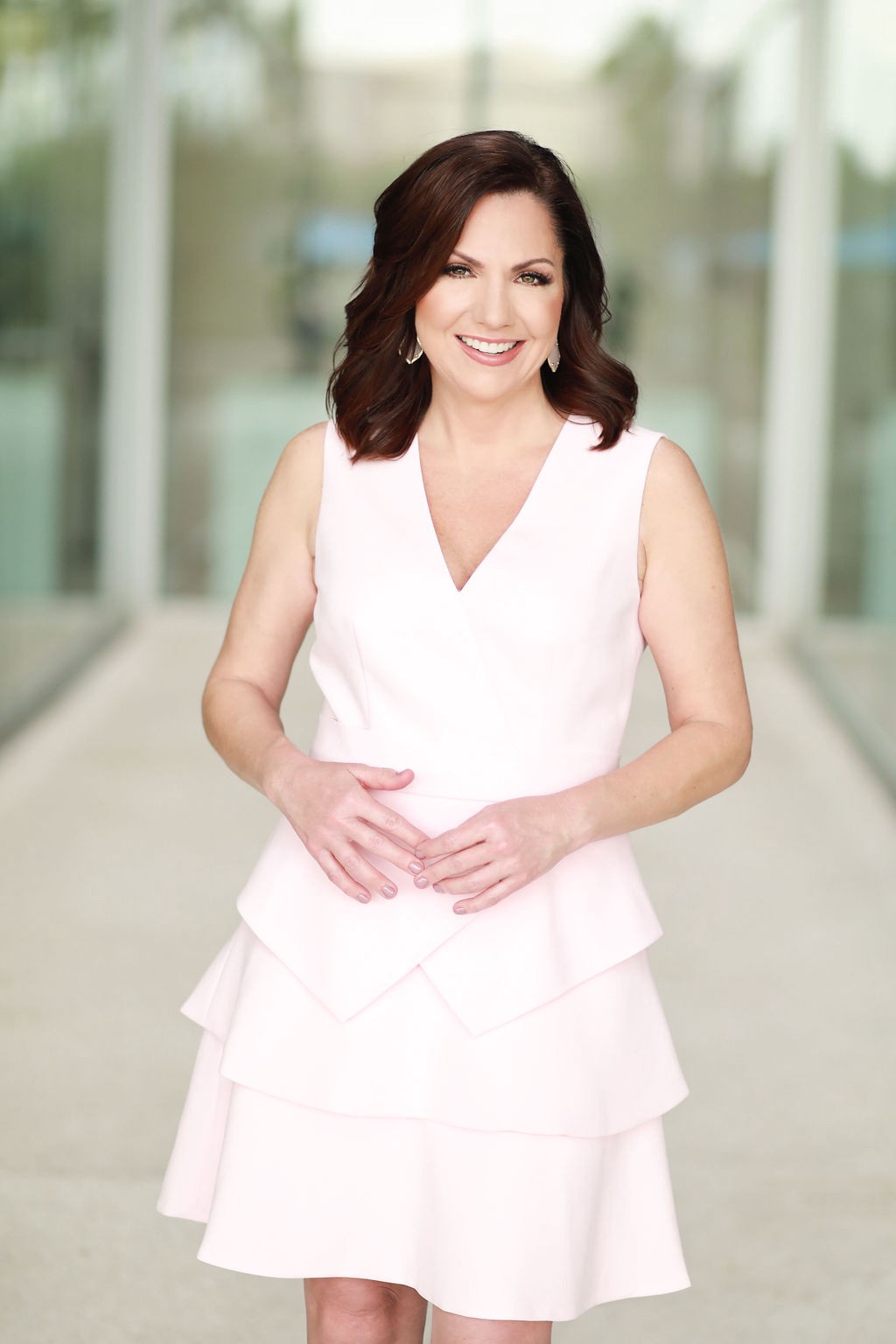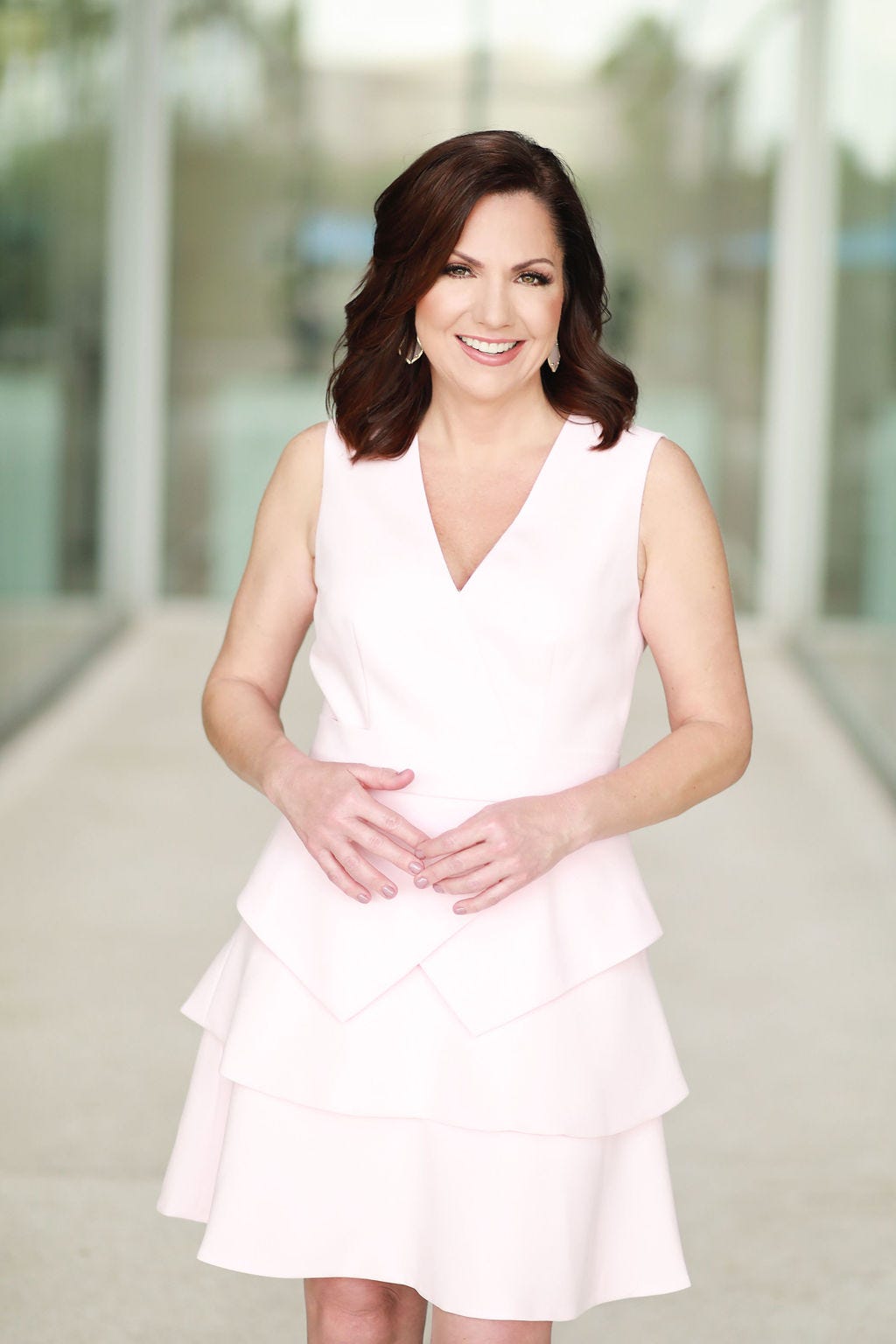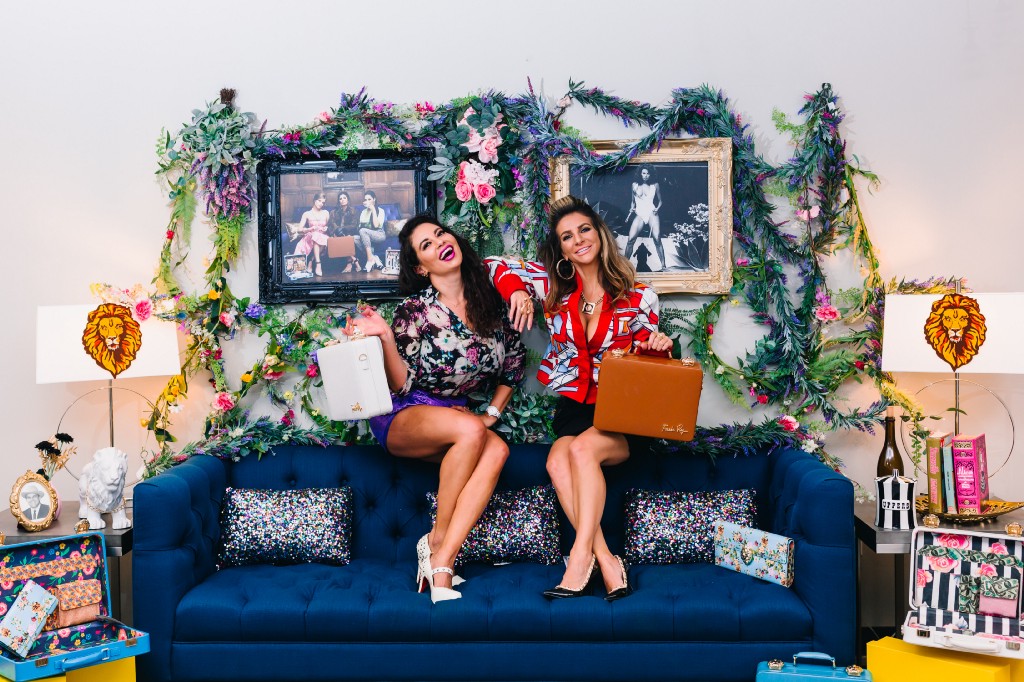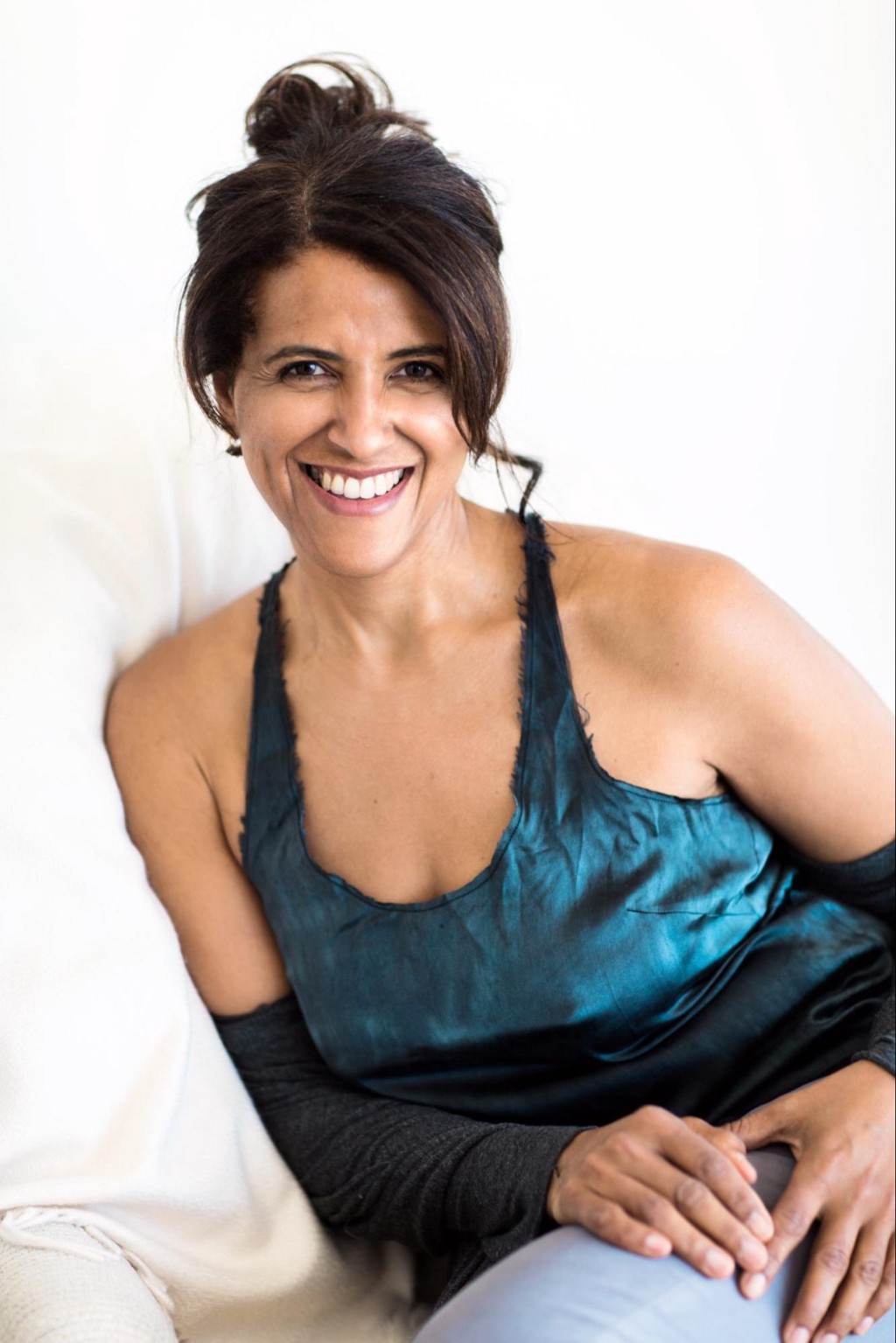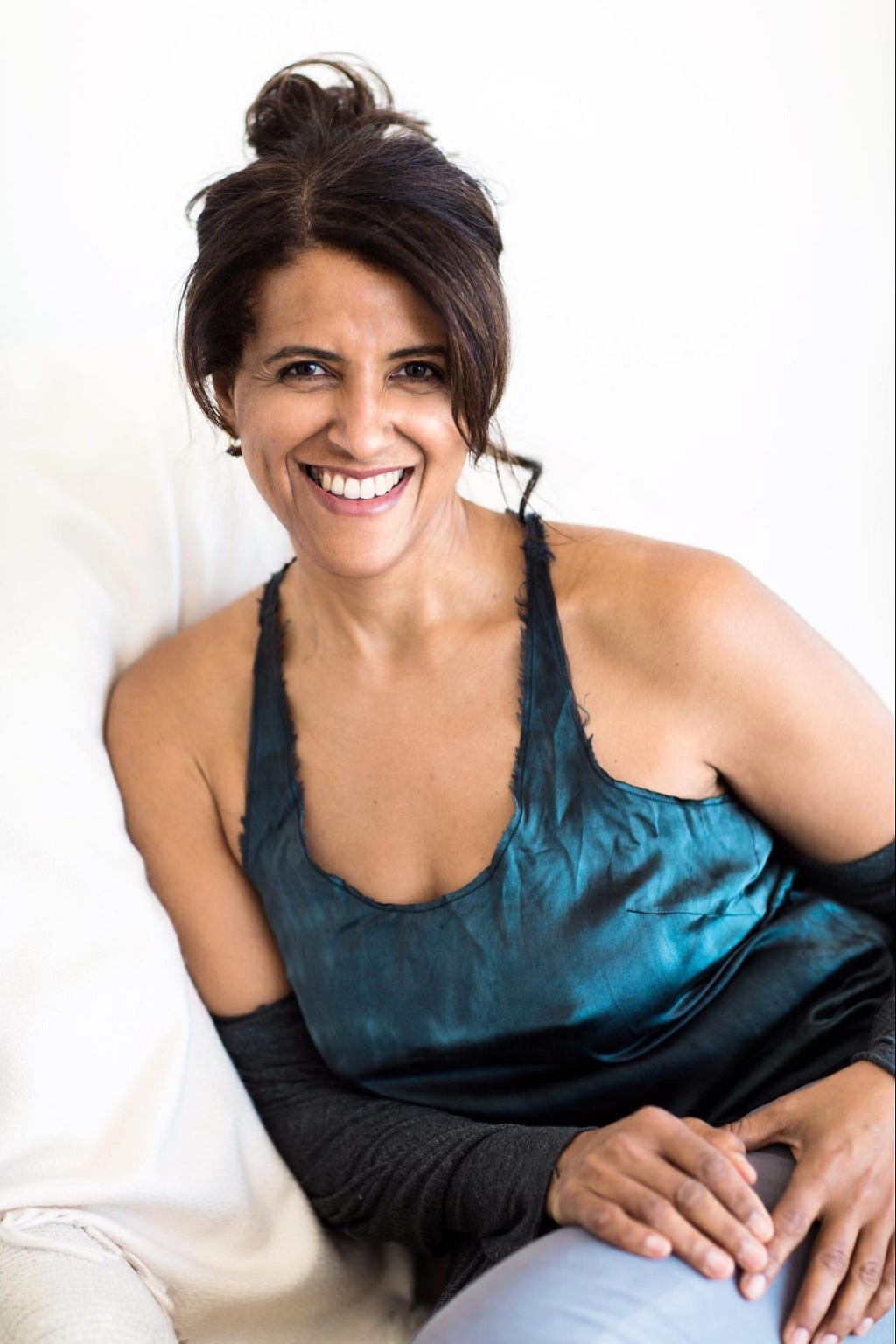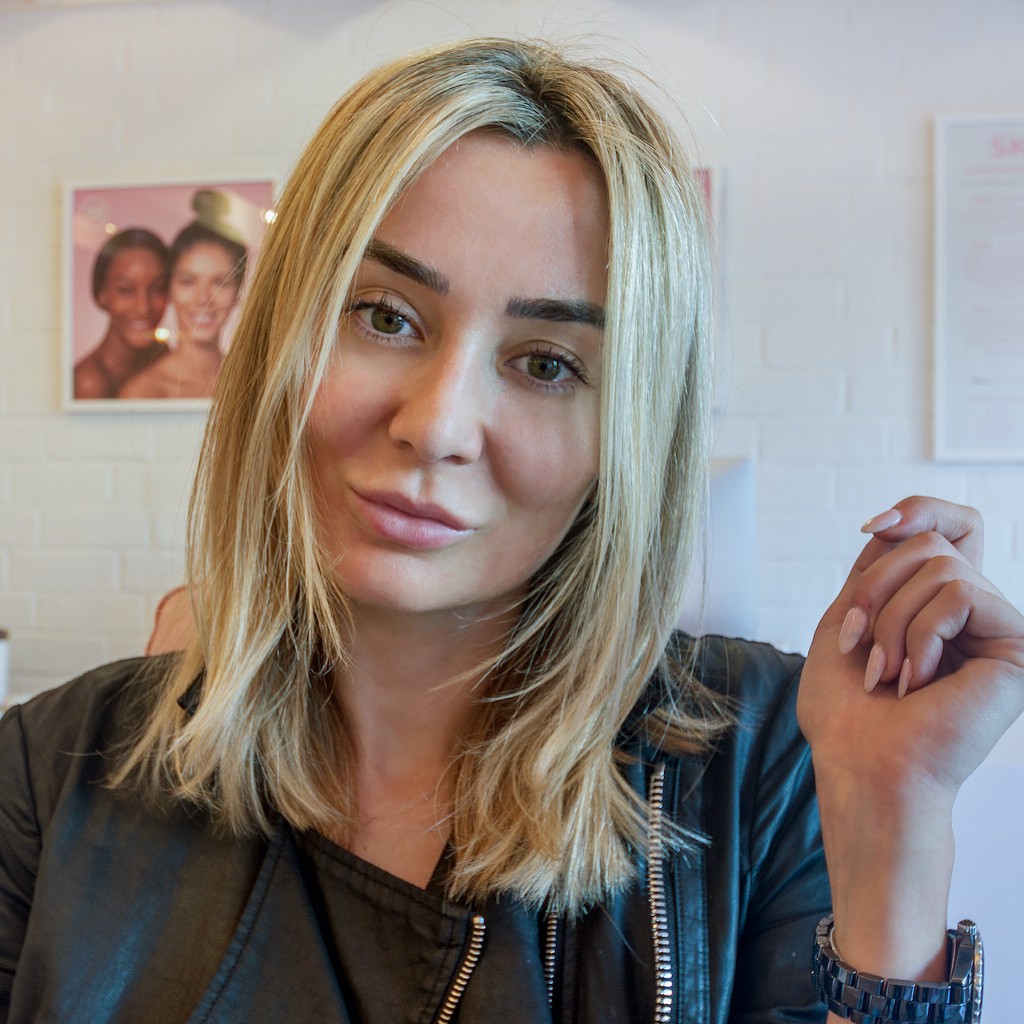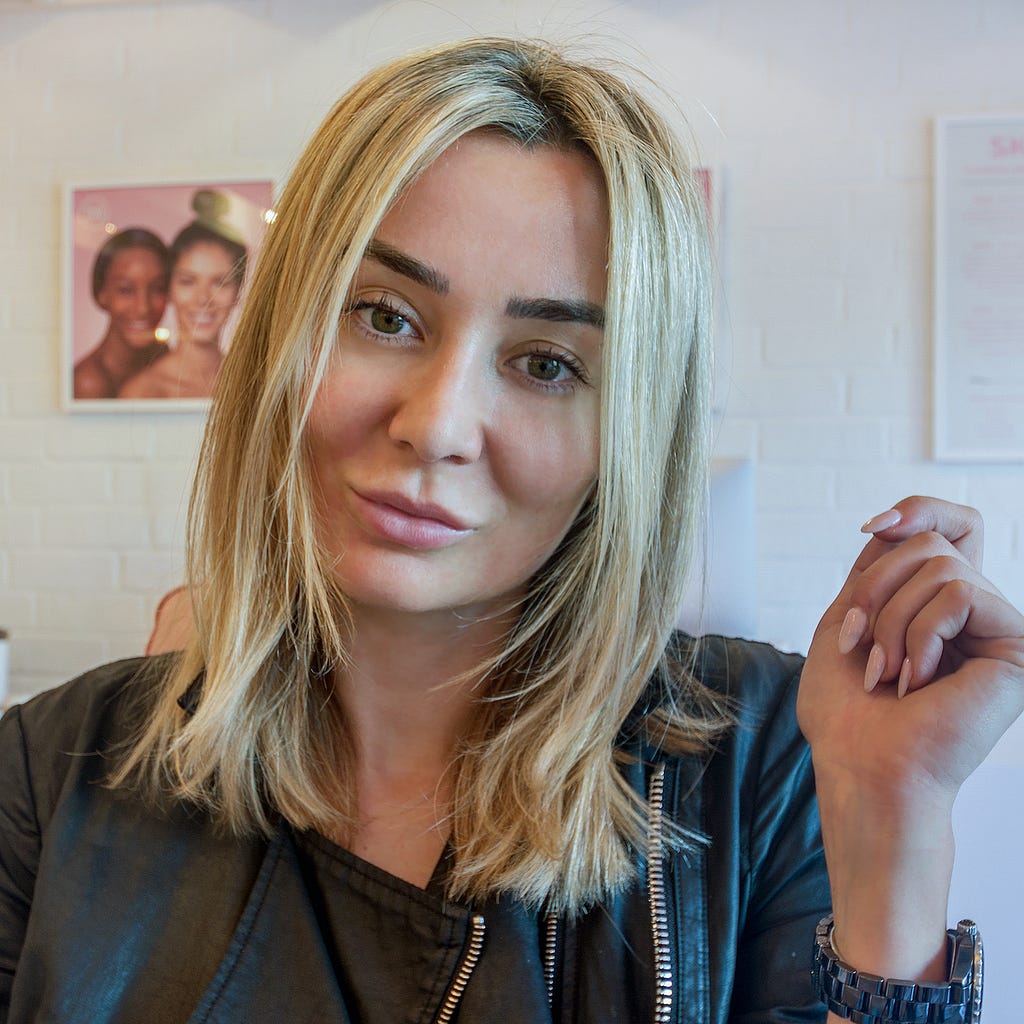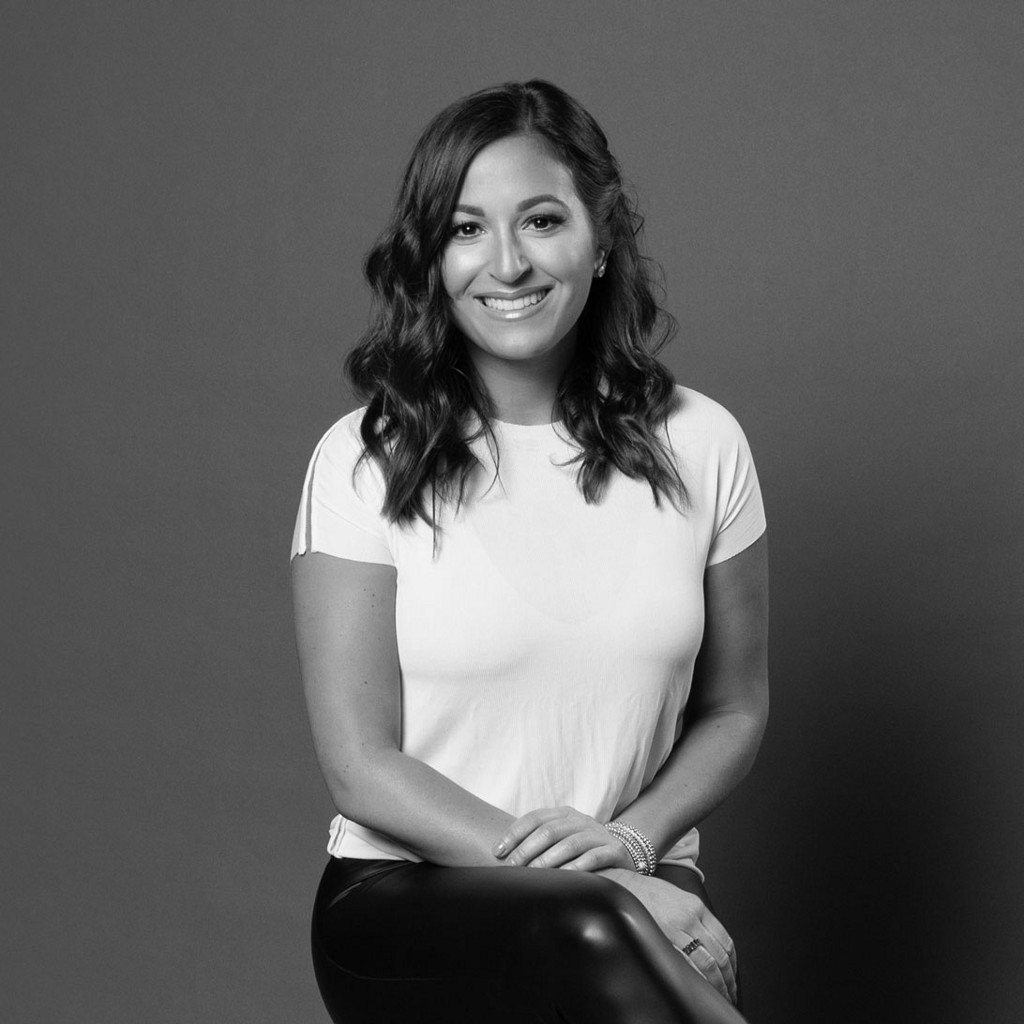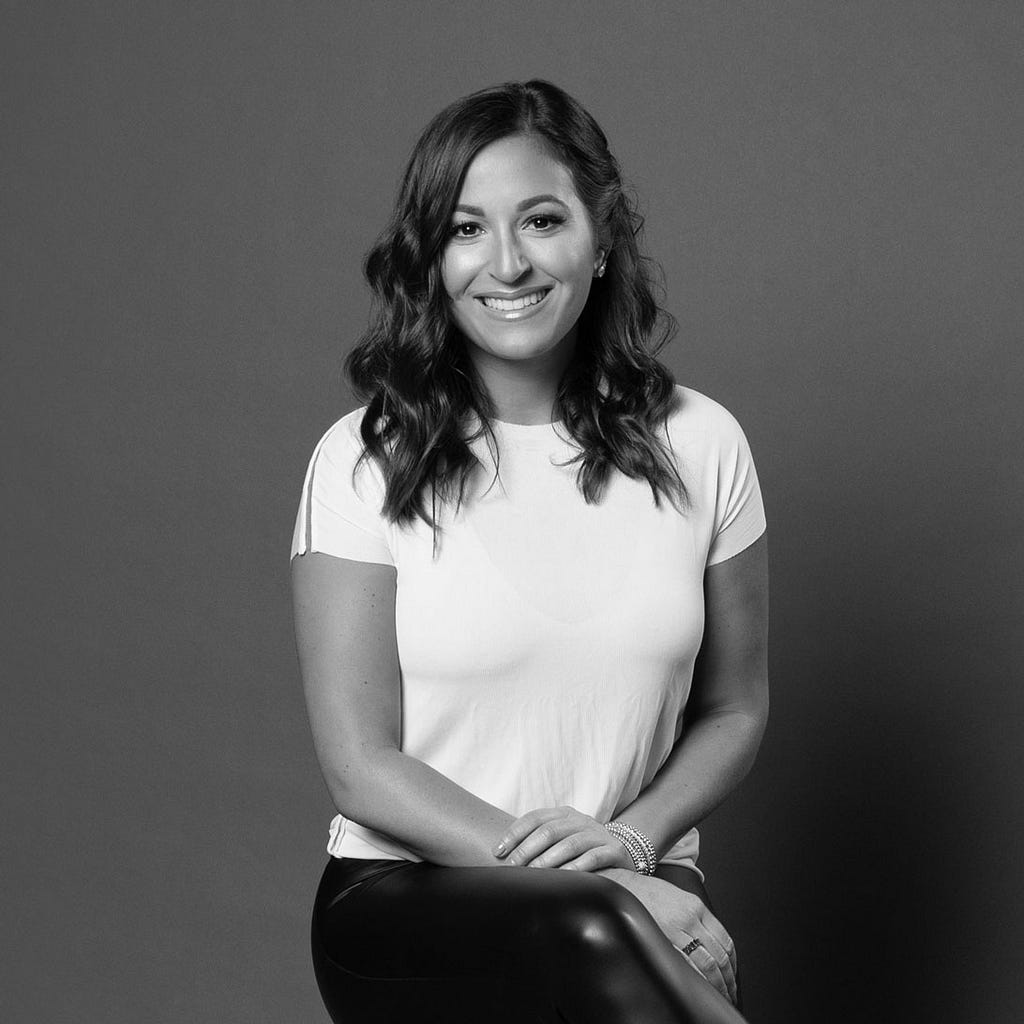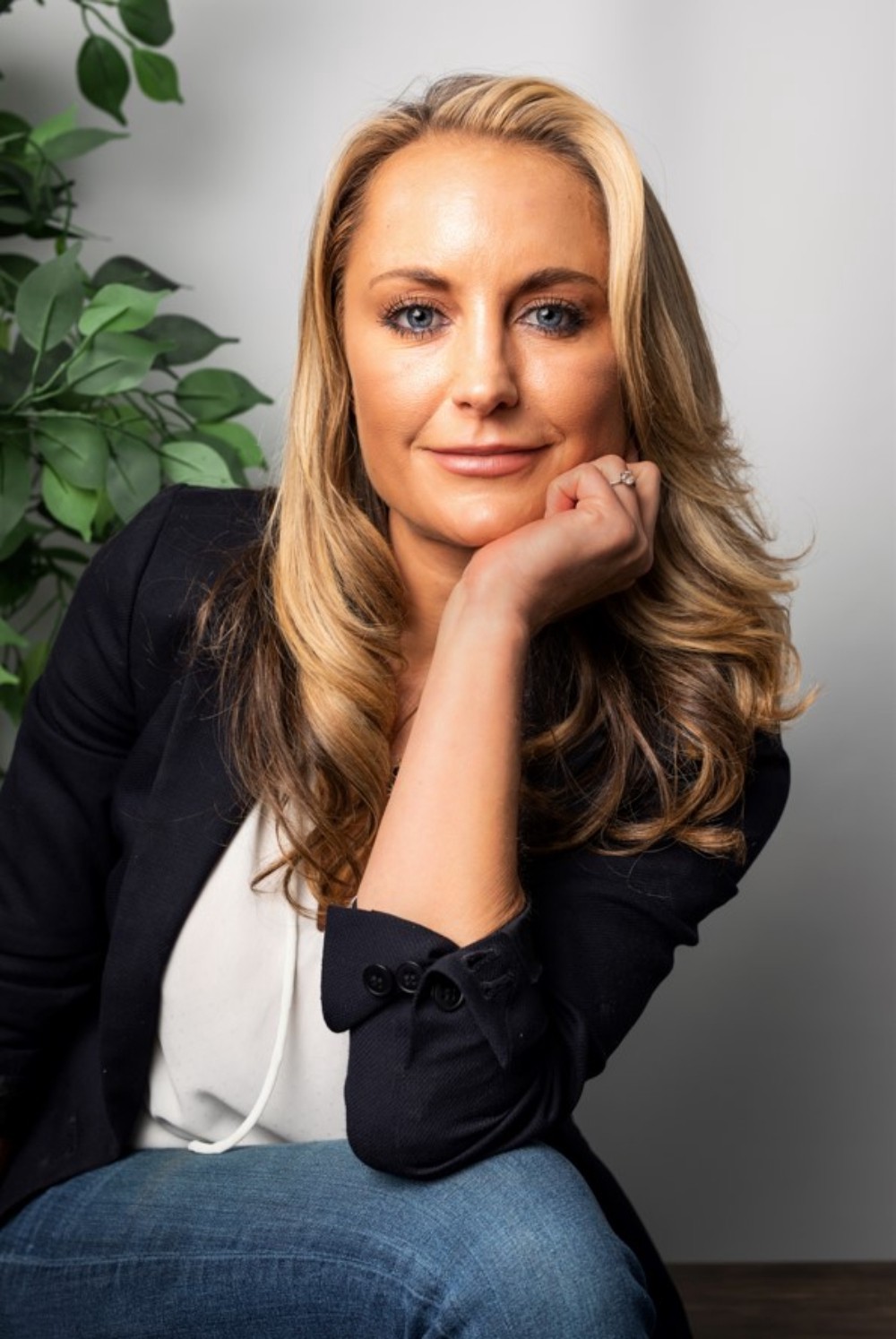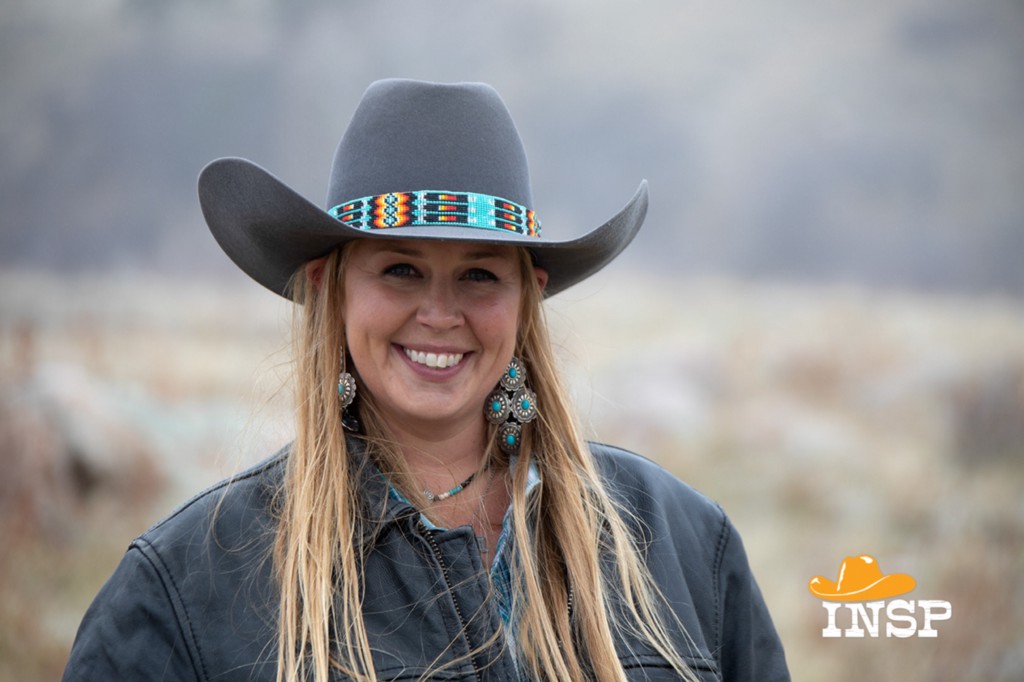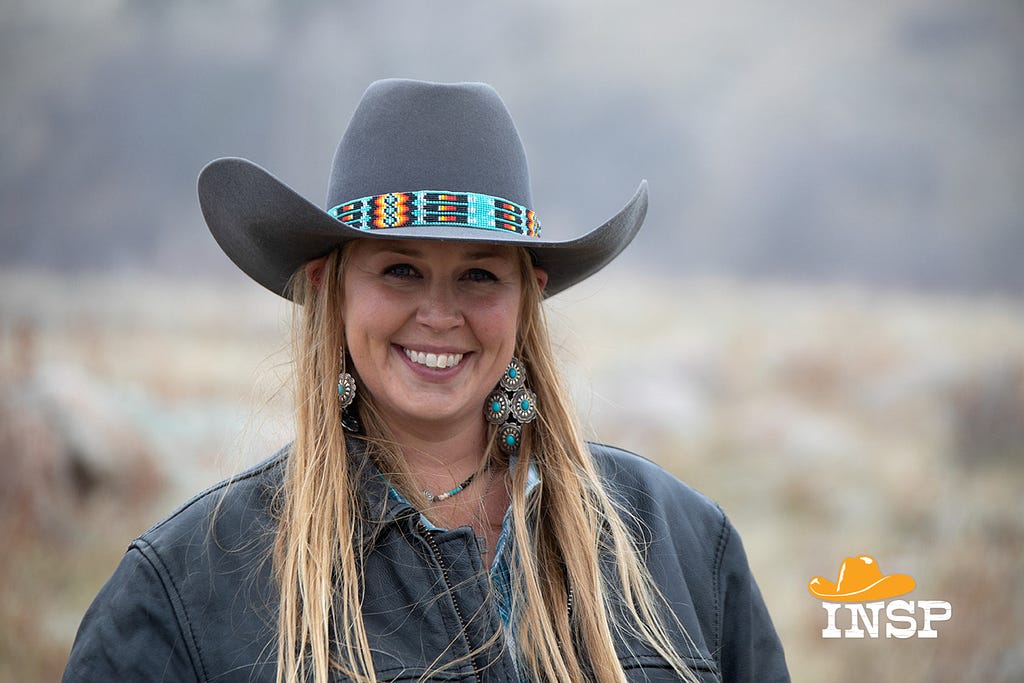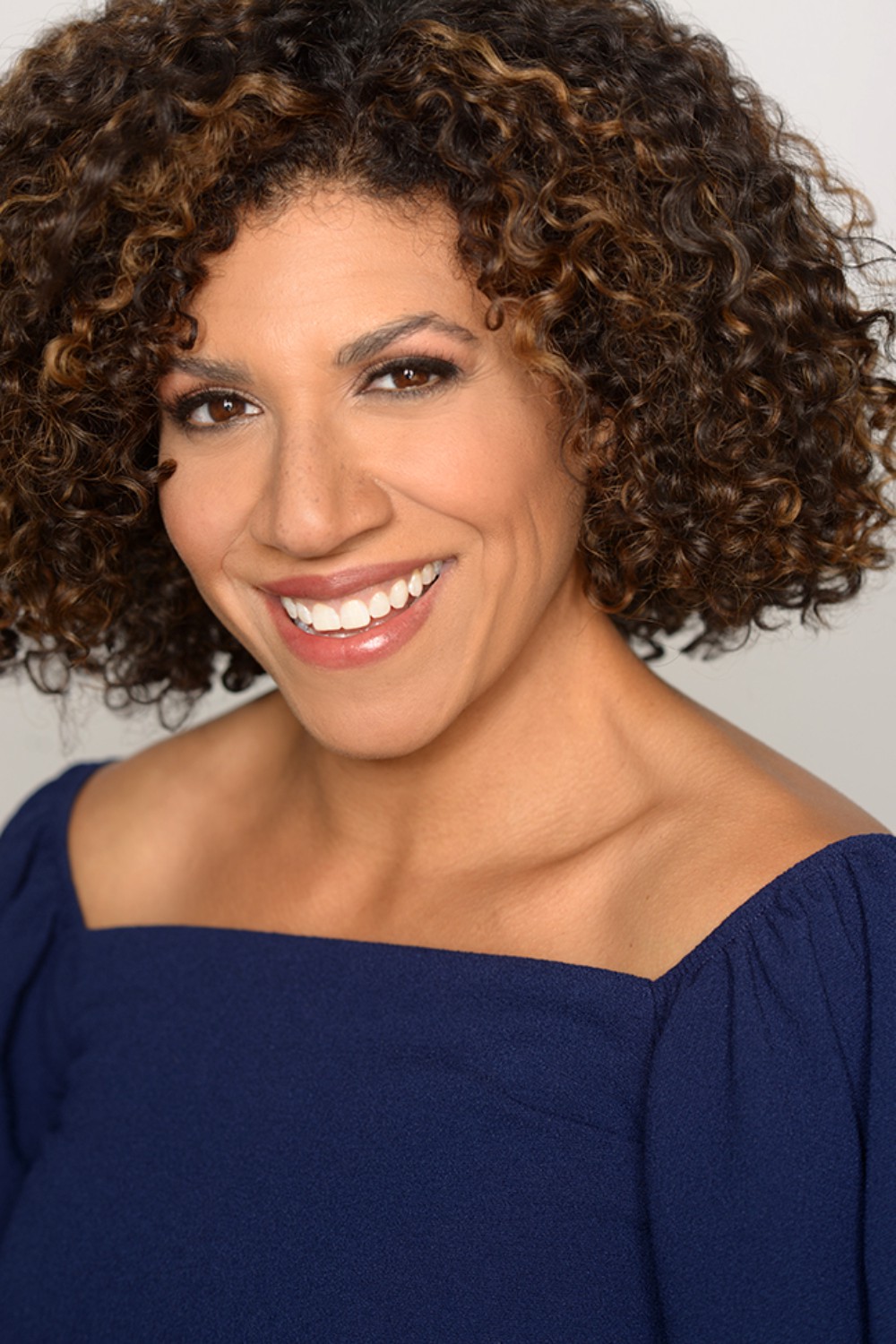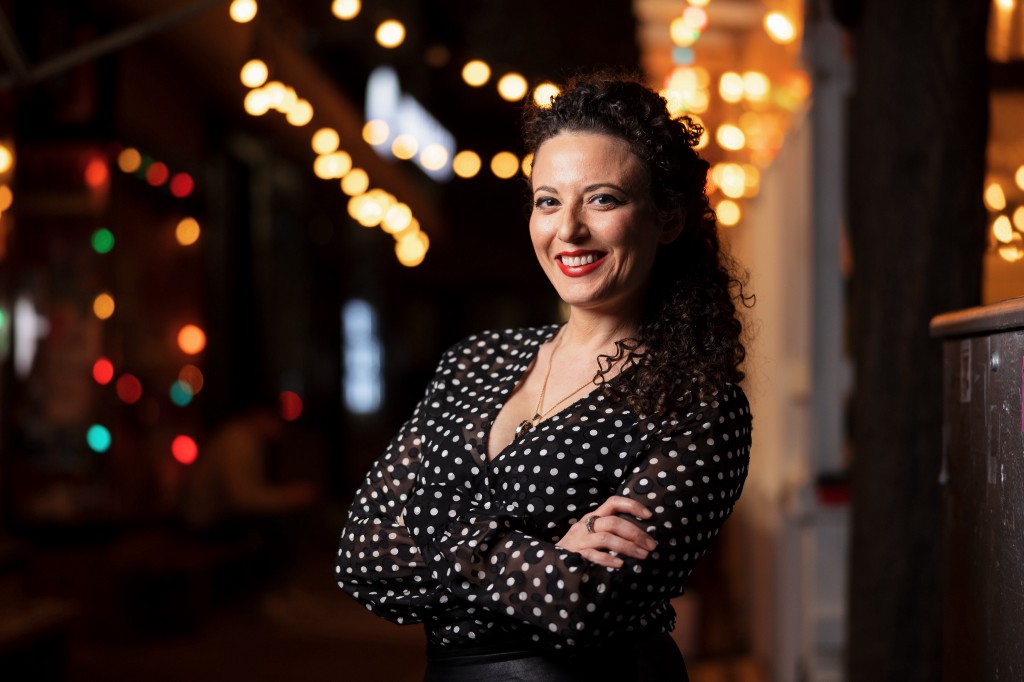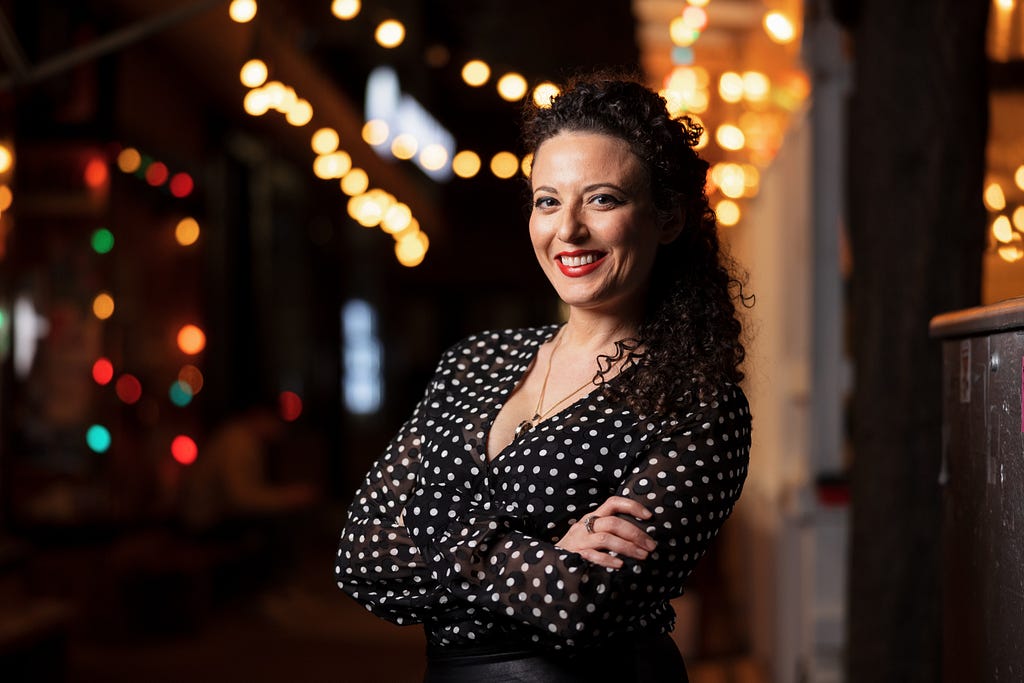Female Disruptors: Danielle Bradbury Of XACT Robotics On The Three Things You Need To Shake Up Your Industry
An Interview With Candice Georgiadis

“Lead by example.” You undoubtedly can’t expect others to live up to certain standards if you don’t demonstrate that standard yourself. I try my best every day to do this professionally with my colleagues and personally with my family.
As a part of our series about women who are shaking things up in their industry, I had the pleasure of interviewing Danielle Bradbury.
With over a decade of experience in the med tech space, Danielle Bradbury is helping to advance robotic technology that can affect patient outcomes and lower the cost of care through faster, more efficient diagnoses in a range of disease states, including various cancers. After years as a radiologist assistant at Boston Children’s Hospital, Bradbury is now the Senior Director of Clinical Development at XACT Robotics, the company behind the world’s first hands-free robotic system for percutaneous procedures, including biopsies. Her work at XACT Robotics helps shape and enhance a technology designed to make diagnostic procedures faster and more accurate, enabling patients to receive correct diagnoses and start treatment for life-threatening conditions as quickly as possible.
Thank you so much for doing this with us! Before we dig in, our readers would like to get to know you a bit more. Can you tell us a bit about your “backstory”? What led you to this particular career path?
After undergrad, I spent a few years working in various departments within a small community hospital. I tried my hand at being a data analyst (definitely not my thing), quickly moved over to the administrative side as operations manager and eventually fell in love with direct patient care. I researched every possible option: nursing, physician assistant, respiratory therapy, you name it. I saw the most potential, the most growth, and the most room for advancement in radiology. I went back to school to receive my A.S. in radiology technology and immediately landed a job at Boston Children’s Hospital. About one year later, I was approached by my director to develop a Registered Radiologist Assistant (RRA) Program — I was invited to find a school to earn my masters in imaging sciences, enlist two radiologist mentors to guide me through my clinical residency, pass my boards and practice alongside the radiologists in the IR department. Two years later, I was licensed as the first pediatric RRA in Massachusetts and was working with the most precious patient population, children.
Years later, it all came to a screeching halt when the MARCA bill didn’t pass through Congress and reimbursement issues came into play, jeopardizing RRA careers across the country. On my last day of working there I thanked one of my radiologists, whom I had spent hours with training and discussing the need for new and better technology in our space, for the opportunity to work with “the best of the best” and he replied, “the best of the best are making robots right now.”
My goal was to remain in the medical world in some capacity, so I landed a job with the third largest medical device company in the US as a clinical specialist. As a former user of medical device products, it was eye opening to see the other side. I learned so much about the business and how important these products, as well as the people who represent them, are to patient care. I also identified gaps that I wanted to fill and quickly learned that these bigger companies don’t listen well to the lower echelon and move at a glacial pace.
After a few years, I exited and went to a smaller organization with a large global presence that was building a direct US commercial team. I got to roll up my sleeves, be a part of those early stages of building the infrastructure of a clinical program and fill ALL the gaps I identified. While I loved my time there, there was still something missing. Then, I got an email from a recruiter about an opportunity to work with an early stage startup that was building a company that had designed and manufactured a robot for interventional radiology. I almost dismissed it thinking it was too good to be true. It was all of my best professional worlds colliding at the same time: the opportunity to build something that I had identified as a huge gap years earlier, and most importantly the prospect of bringing this technology to providers and patients alike who didn’t even know they needed it.
Can you tell our readers what it is about the work you’re doing that’s disruptive?
I think my work at XACT Robotics® is disruptive in two ways: first for radiology as a whole, and second for the future of both the technologist and RRA. I have the unique opportunity to work with these three groups, garner their experience and feedback to enhance the technology and help build out the portfolio of products, and assist in the creation, implementation and expansion of IR robotic programs around the world.
Other medical fields have utilized robotically assisted technologies for years and those devices are associated with better health outcomes. But, all require the physician to manually plan, manually direct and manually manipulate the movement of the robot while looking at real-time views of the targeted anatomy.
Traditional interventional radiology requires the physician to perform manual procedures based on the radiologic views from various imaging modalities. But, by marrying the imaging and planning components of IR with a robotic platform for inserting and steering instruments, we can replace the human hand with precise, accurate, consistent, and efficient robotic instrument manipulation. Our robot can access moving targets in one insertion, reach smaller targets to potentially get an earlier diagnosis, and follow difficult trajectories that radiologists might not feel comfortable targeting otherwise.
During the pandemic, we saw how overworked our frontline healthcare workers, including technologists, were and still are. Every patient that came through those hospital doors needed imaging, but we didn’t hear much about their struggles and how we could best support them. They are often overlooked when we celebrate the hard work of the hospital staff, and by joining this company, I found another way to elevate IR to the next level.
As a former technologist myself, I know why I took that path to IR. I wanted to be more involved, “get my hands dirty,” be a part of that decision making process for the success of the procedure and outcomes for the patient, and this robot allows them to fulfill that larger role. For the RRA, I am making it one of my goals to help keep this profession alive. There’s a massive shortage of IR doctors, and a stark increase in the number of patients. Utilizing these RRAs is the safe and smart way to respond to the influx of patients coming into the IR department.
Can you share a story about the funniest mistake you made when you were first starting? Can you tell us what lesson you learned from that?
As I briefly mentioned, when I got the call from a recruiter at XACT I almost didn’t call them back. Looking back at the situation, I am so happy I did, but, in the moment, I thought I had no business discussing this job opportunity. When I got the call, I was teaching barre at a fitness studio. I happened to mention the opportunity to one of my clients and said that I didn’t think I was qualified for the position. She said, “You also didn’t think you would get up in front of thirty women with a microphone and teach them how to exercise.” She told me I had to take the interview; I had to believe in myself and tell myself I could do this. It was because of her that I mustered up the confidence to take the interview that would ultimately change my career path and professional journey.
I learned a valuable lesson about a mindset that I often see in young women during the job search process: rather than focus on the jobs you think you are qualified for, you should focus on the job that you want to have. Find the confidence in yourself to take interviews when they are offered, otherwise you will miss out on opportunities to grow your career.
We all need a little help along the journey. Who have been some of your mentors? Can you share a story about how they made an impact?
A former supervisor showed me how to say “no” at least once a day to make better use of my time and to give my “yes” a stronger impact. Another supervisor taught me how to roll up my sleeves, build what doesn’t exist, set clear objectives to achieve them successfully, and just get stuff done. The chairman of my company now has encouraged me to think bigger and better, actively and generously support my team, always put family first and above all else, just have fun.
In today’s parlance, being disruptive is usually a positive adjective. But is disrupting always good? When do we say the converse, that a system or structure has ‘withstood the test of time’? Can you articulate to our readers when disrupting an industry is positive, and when disrupting an industry is ‘not so positive’? Can you share some examples of what you mean?
Being a disruptor does not always mean inventing “the next big thing.” Sometimes disrupting simply involves identifying an issue with how things are done and developing a solution to fix it. Everyone has the capability to disrupt and make a positive impact on society if their goal is to improve the lives of those they serve. Specifically in healthcare, there are countless areas we can improve to provide better care to more people. Additionally, it is our goal as individuals in the healthcare space to continuously evolve and advance our field. Regardless of the industry, all change requires a little bit of rebellion, creativity, and a lot of courage.
Can you share 3 of the best words of advice you’ve gotten along your journey? Please give a story or example for each.
“Lead by example.” You undoubtedly can’t expect others to live up to certain standards if you don’t demonstrate that standard yourself. I try my best every day to do this professionally with my colleagues and personally with my family.
We are sure you aren’t done. How are you going to shake things up next?
Through my role at XACT, my ultimate goal is to improve patient outcomes and make our robot the standard of care for interventional radiology. When the company created ACE, it was envisioned as a revolutionary technology radiologists would never want to do a procedure without. I see myself as an advocate for the clinical benefits our system has to offer. With a background in clinical care, I am always looking at the bigger picture, such as what we at XACT can do better to become the standard of care. I am driving for the right data and messages to constantly improve our product and expand our reach for patients and clinicians alike.
In your opinion, what are the biggest challenges faced by ‘women disruptors’ that aren’t typically faced by their male counterparts?
The greatest challenge that women face in tech is earning trust from male counterparts. In a male-dominated industry, I often see women struggling to win the benefit of the doubt among coworkers or having their ideas dismissed because they have to prove that they are just as capable as the men they work with.
I am extremely lucky to be part of an organization that values and advocates for female leadership. Our CEO at XACT, Chen Levin, is a seasoned female executive with years of experience in establishing and growing healthcare companies. Our chairman, Harel Gadot, has been consistent in his message that he wants to nurture an environment that empowers female leadership equitably and produces leaders such as Chen that his own daughters can aspire to emulate someday.
Do you have a book/podcast/talk that’s had a deep impact on your thinking? Can you share a story with us?
I didn’t know what “disruptive innovation” was until I was given Clayton Christianson’s The Innovator’s Dilemma to read a few years back. I found myself sitting on the beach with my family highlighting sections of the book and often referring back to certain parts that really resonated with what we were trying to accomplish at the time and still are doing today.
You are a person of great influence. If you could inspire a movement that would bring the most amount of good to the most amount of people, what would that be? You never know what your idea can trigger. 🙂
Initially, I got into healthcare and radiology because I wanted to be a part of a group of people who save lives. Being in this field, you always want to do something better that will result in better outcomes for your patients, and I was taught early on that each patient should be treated like a member of your own family. No matter how big, diagnosing and treating serious illnesses, or small, day-to-day interactions with patients, all your actions affect those around you. Your actions can result in great outcomes for others. As I have learned both in my career and just in life in general, being kind and caring about others can go a long way.
Can you please give us your favorite “Life Lesson Quote”? Can you share how that was relevant to you in your life?
My first industry sales rep that I worked with told me on my first day with him, “I will never ask you to do something that I’m not willing to do myself.” He said it, he meant it and he showed it. That struck a huge chord with me, and I’ve lived by that mantra ever since. Every single day, when I ask anything of my team, I want them to know that I am right there with them ready to link arms and accomplish our goals together.
How can our readers follow you online?
https://www.linkedin.com/in/danielle-bradbury-mis-rra-rt-r-arrt-7b558617/
https://www.linkedin.com/company/xact-robotics/about/
https://twitter.com/XACTrobotics
This was very inspiring. Thank you so much for joining us!
Female Disruptors: Danielle Bradbury Of XACT Robotics On The Three Things You Need To Shake Up Your… was originally published in Authority Magazine on Medium, where people are continuing the conversation by highlighting and responding to this story.


